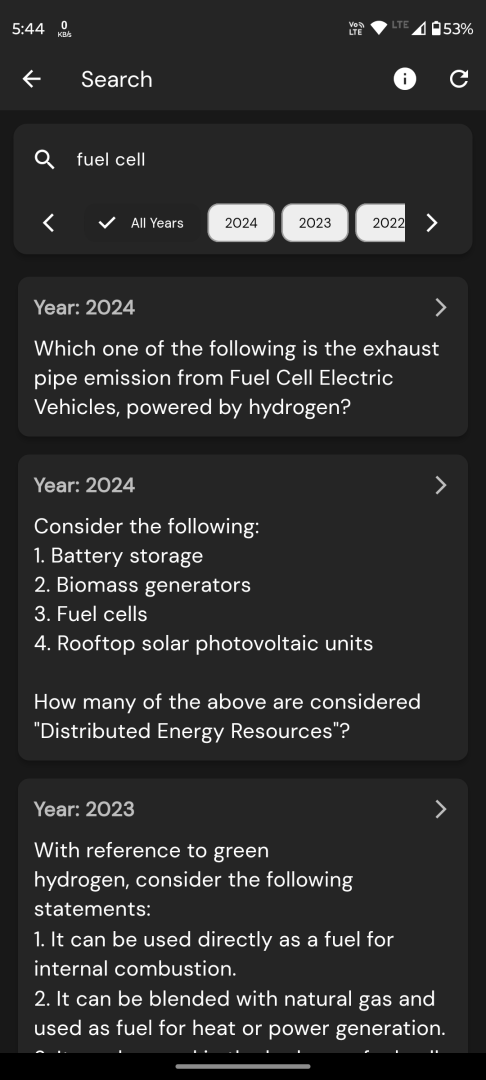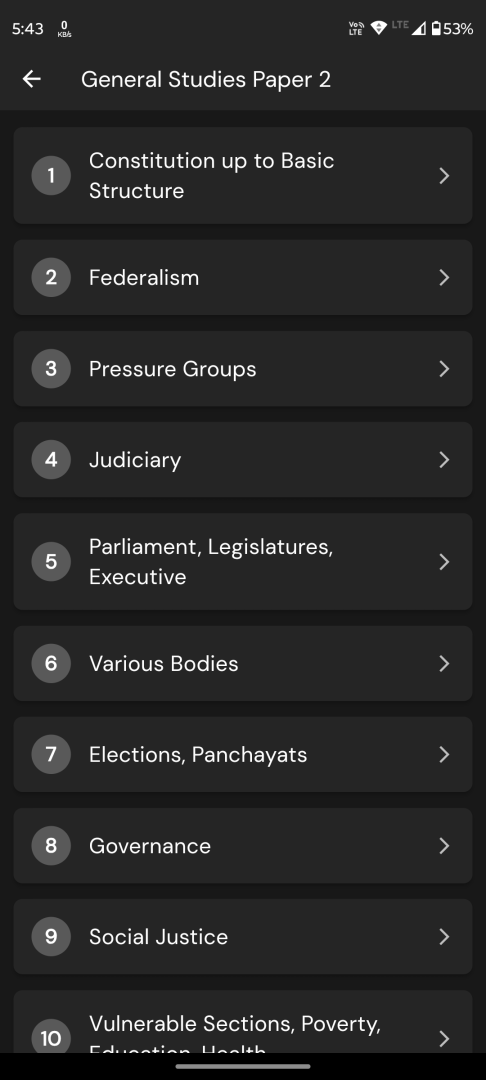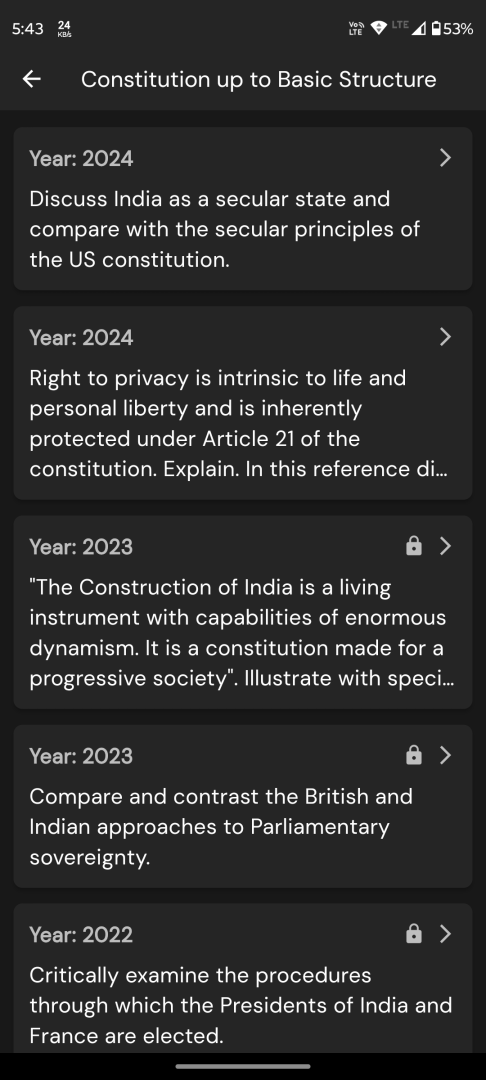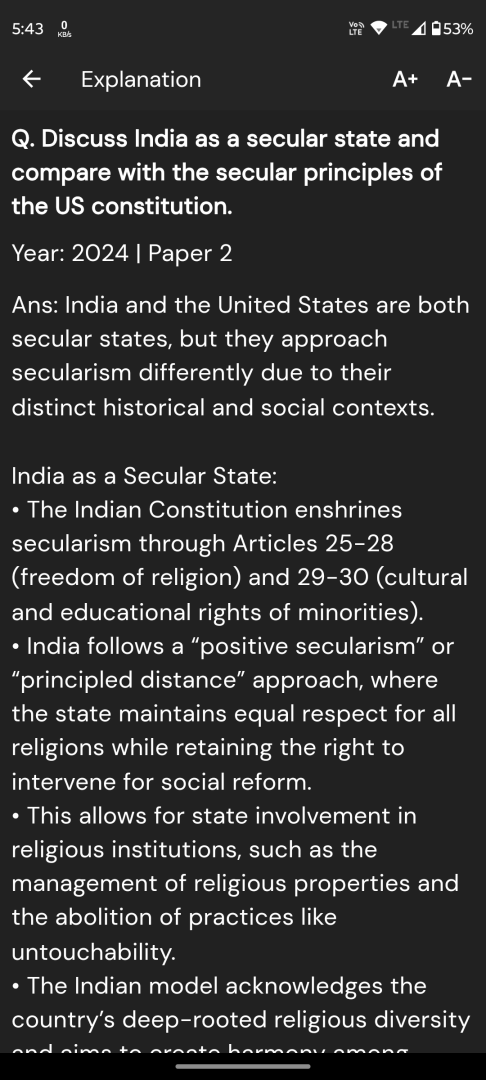Q. With reference to Ocean Mean Temperature (OMT), which of the following statements is/are correct?
1.OMT is measured up to a depth of 26ºC isotherm which is 129 meters in the south-western Indian Ocean during January-March.
2.OMT collected during January-March can be used in assessing whether the amount of rainfall in monsoon will be less or more than a certain long-term mean.
Select the correct answer using the code given below:
a) 1 only
b) 2 only
c) Both 1 and 2
d) Neither 1 nor 2
Correct Answer : b) 2 only
Question from UPSC Prelims 2020 GS Paper
Explanation:
Ocean Mean Temperature (OMT)
Ocean Mean Temperature (OMT) is a significant parameter in the study of oceanography and climate science. It refers to the average temperature of the ocean up to a certain depth, which can provide insights into various climatic phenomena, including the prediction of monsoon patterns.
Statement 1
OMT is measured up to a depth of 26ºC isotherm which is 129 meters in the south-western Indian Ocean during January-March.
This statement is incorrect because the depth of the 26°C isotherm can vary significantly depending on geographical location and seasonal changes. Typically, the 26°C isotherm is found at depths ranging from 50 to 100 meters.
Statement 2
OMT collected during January-March can be used in assessing whether the amount of rainfall in monsoon will be less or more than a certain long-term mean.
This statement is correct. The measurement of OMT during the January-March period is crucial for predicting the upcoming monsoon season’s rainfall patterns. OMT provides valuable information on the thermal energy stored in the ocean, which plays a significant role in influencing atmospheric circulation patterns and, consequently, the monsoon rainfall. A higher OMT can indicate a stronger monsoon, as it suggests more thermal energy available to fuel the monsoon system, while a lower OMT might indicate a weaker monsoon. Therefore, analyzing OMT during these months allows for an early assessment of the monsoon’s potential strength or weakness relative to the long-term mean, offering a valuable tool for agricultural planning, water resource management, and disaster preparedness.





